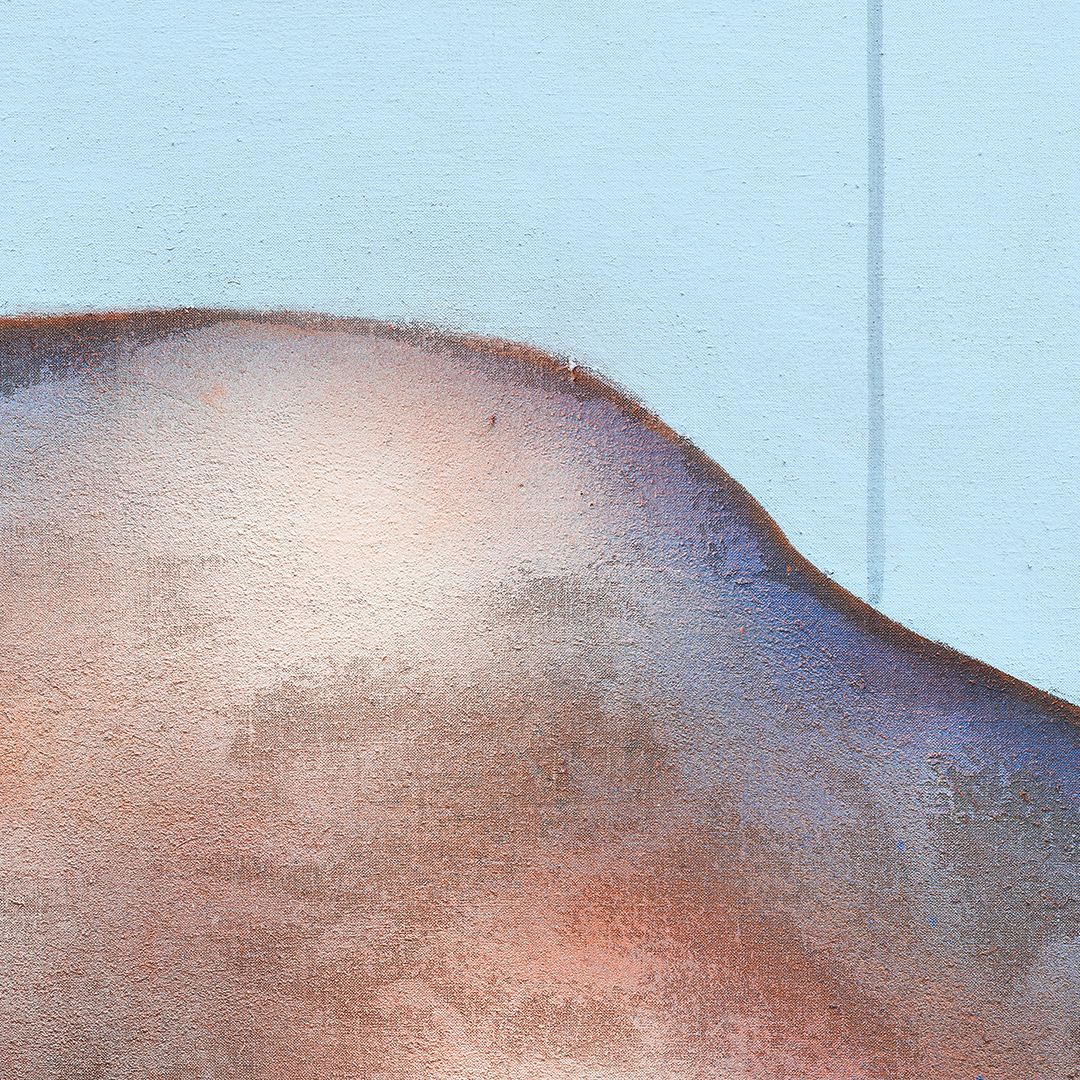
The devil is in the detail. Francis Bacon had an extraordinary knack for embedding intricate subtleties within his paintings.

In the left panel of "Triptych, 1977" (featured as the header image for this blog), you can see a round mirror and paint pots that feature in Perry Ogden’s photographs of Bacon’s studio.
“It is not known if he had a particular motive for painting his surroundings at 7 Reece Mews. It was uncharacteristic, if fortunate in this case, for him to make such an openly autobiographical statement, and it remained the only painting of this kind that he completed.
The left and centre panels were painted from colour photographs taken by Peter Stark, and Bacon may have been intrigued that such ostensibly inconsequential details encapsulated the atmosphere of his cluttered environment – that they were metaphors for his working process.”
Martin Harrison

Within Bacon's painting “Lying Figure, 1969" you can see a spectacular display of colour and textured brushwork. From the light scumbling of the faint blue curved lines on the bed to impasto white highlights on the figure.

In "Bacon's Sand Dune, 1983," what may appear as a barren landscape at first glance, upon closer examination reveals much more:
“Like Degas’s coastal studies of the early 1890s, some of Bacon’s later landscape paintings are evocative of the contours of the human form. Among them the most anthropomorphic is Sand Dune, 1983. The absence of a human form is its most salient characteristic, yet it returns the viewer ineluctably to the human / bodily theme.”
Martin Harrison

Finally, "Portrait of George Dyer Riding a Bicycle, 1966" invites us to inspect the cyclist's head. Upon closer examination, we discover Bacon's face subtly emerging from within the contours of George Dyer's head, looking directly at the viewer.
Through these observations we uncover not only Bacon's technical prowess but also the profound depth of his art.